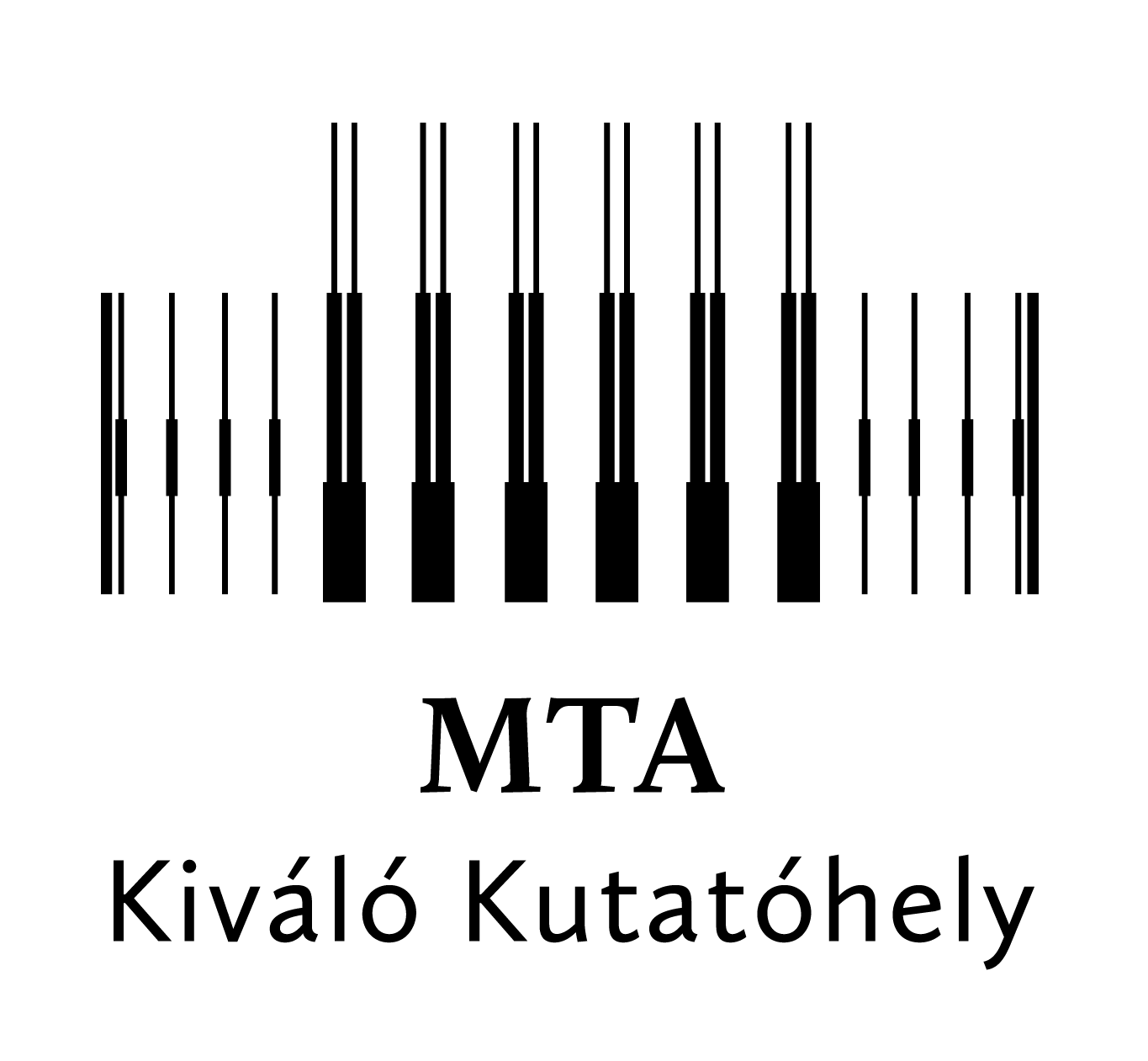About | Copyright © 2024 Budapest University of Technology and EconomicsBME
Further information on VCC and the specialization
Why study Visual Computing and Communication?
Visual Computing and Communication focuses on the acquisition, processing, analysis, transmission, and rendering of visual information, including aspects of learning and decision making. It is an interdisciplinary programme at the intersection of computer science and information technology where students can be active in the areas of image processing and communication, image analysis, computer vision, computer graphics, augmented reality, visualisation, visual analytics, as well as web-based and network applications. Our graduates combine technological and business aspects to create products and services for our ocular-centric world.
Why choose Visual Computing and Communication at EIT Digital?
Visual Computing and Communication is a perfect Masters education for those who are fascinated by the algorithms and services that handle visual information in today’s digital society. Students with excellent skills in data and signal processing, linear algebra, probability, and programming will thrive on this programme, which provides opportunities to solve real-world problems and to create new innovative solutions. There is a growing community of technologists and innovators in this challenging, yet rewarding field.
What are the career opportunities?
Our graduates become professionals with an expertise in dealing with visual information. Some may work on computer vision problems in the area of robotics or autonomous vehicles. Others may work on visualisation problems for visual analytics. Many may be drawn to the new world of augmented reality. Careers are made, for example, as an engineer at a telecommunications company, a software developer in the area of e-commerce, a technology innovation consultant, the founder of a tech start-up chasing global markets, or even a PhD researcher at a university in Europe.
Why Communication Services and Applications?
This specialisation focuses on communication technologies for visual data and multimedia in general, applied in smart cities. It presents the new technologies and services arriving by the use of autonomous vehicles (self-driving cars, unmanned aerial vehicles, and robot swarms) to our digital cities. Students who complete this specialisation obtain a thorough understanding of the state-of-the-art technologies of visual data and multimedia communications and are capable of designing, implementing and operating communications services in the automated cities of the future.
Lab facilities for students include an Apple, a Cisco and a vehicle communication laboratory, where they can design and implement new communication services for smart cities. Interesting I&E and master thesis tasks and internship opportunities will be offered in cooperation with industrial members and partners of our MEDIANETS Lab, such as Ericsson, Nokia, Magyar Telekom and Commsignia.
For further details: http://medianets.hu/education/ictlabs_master/



